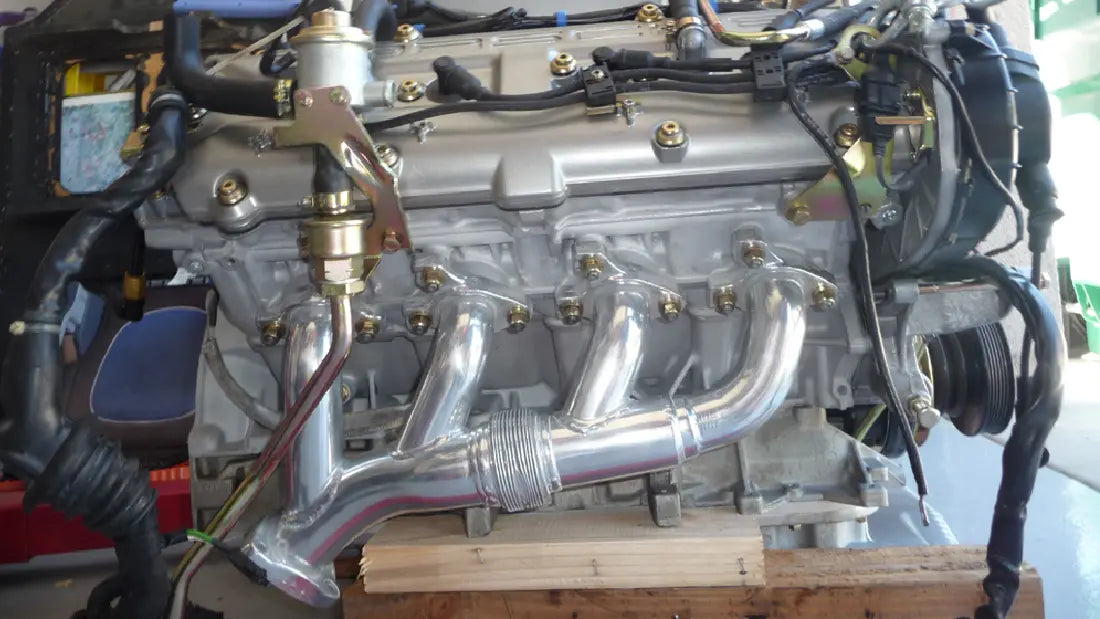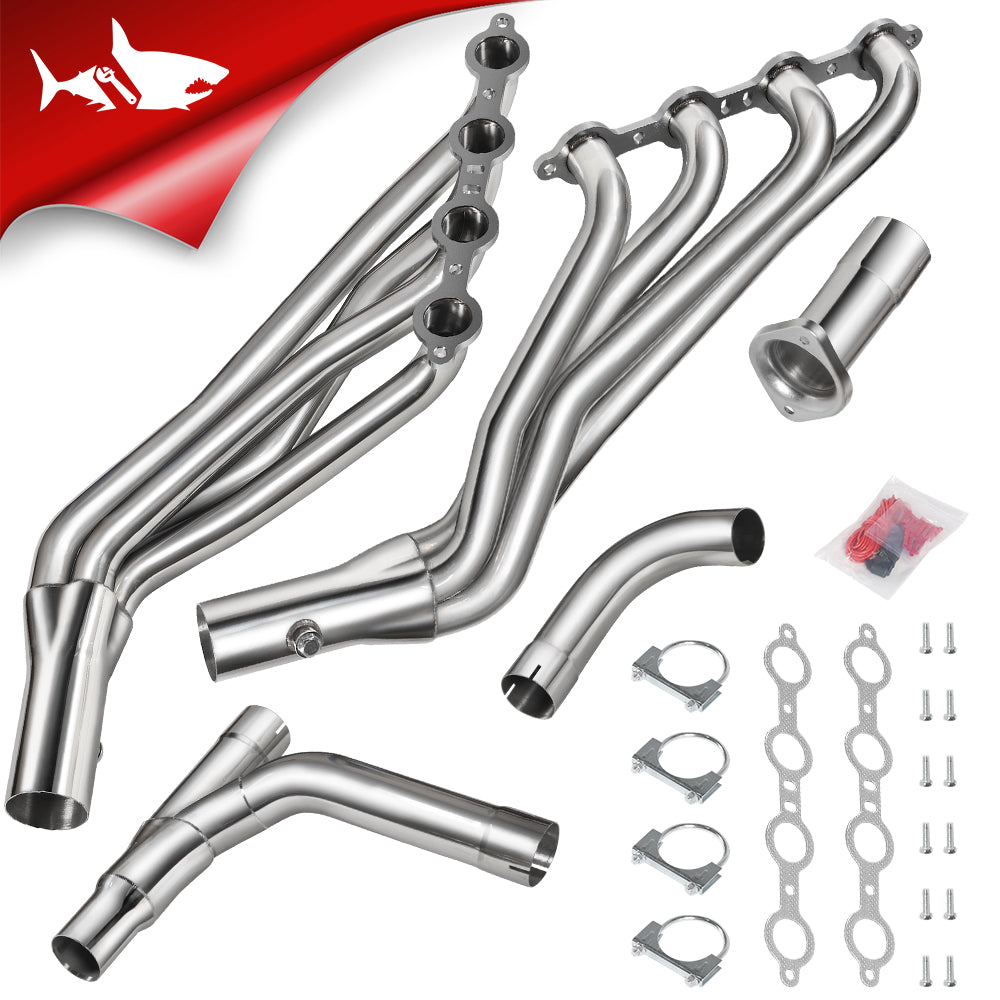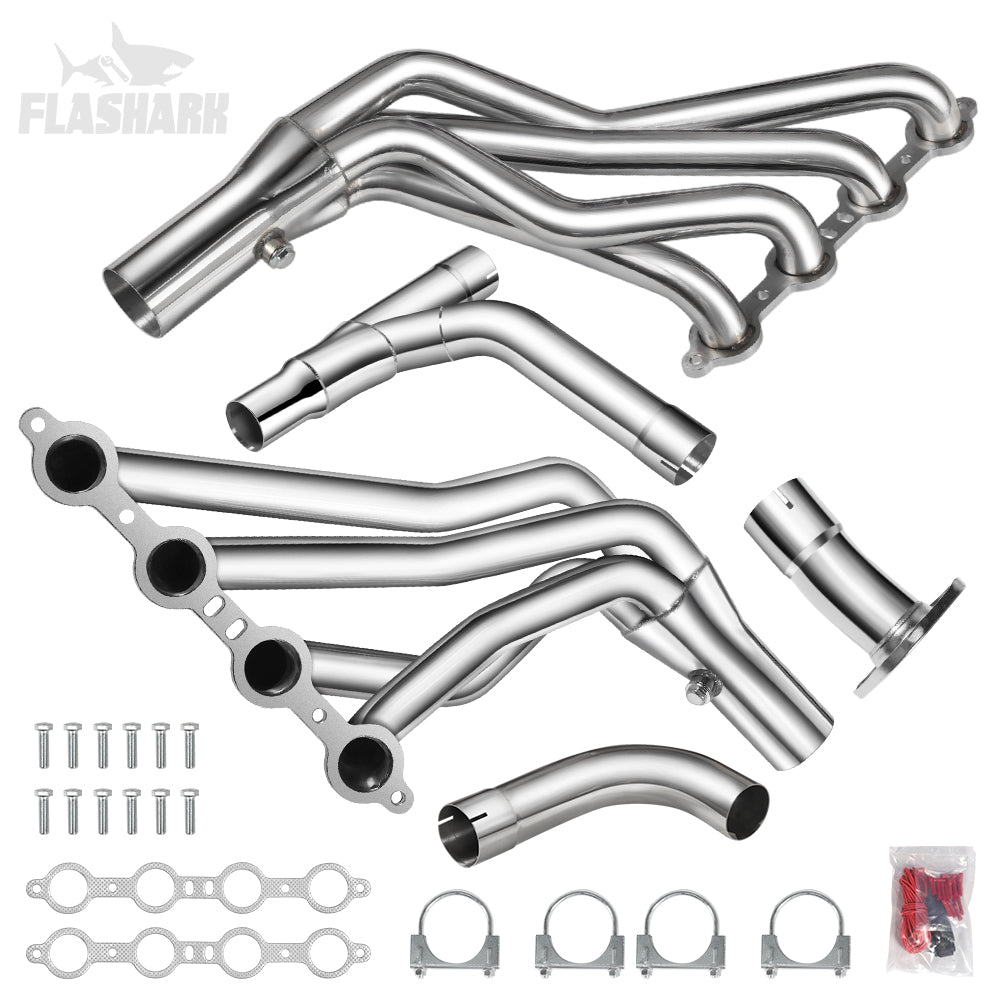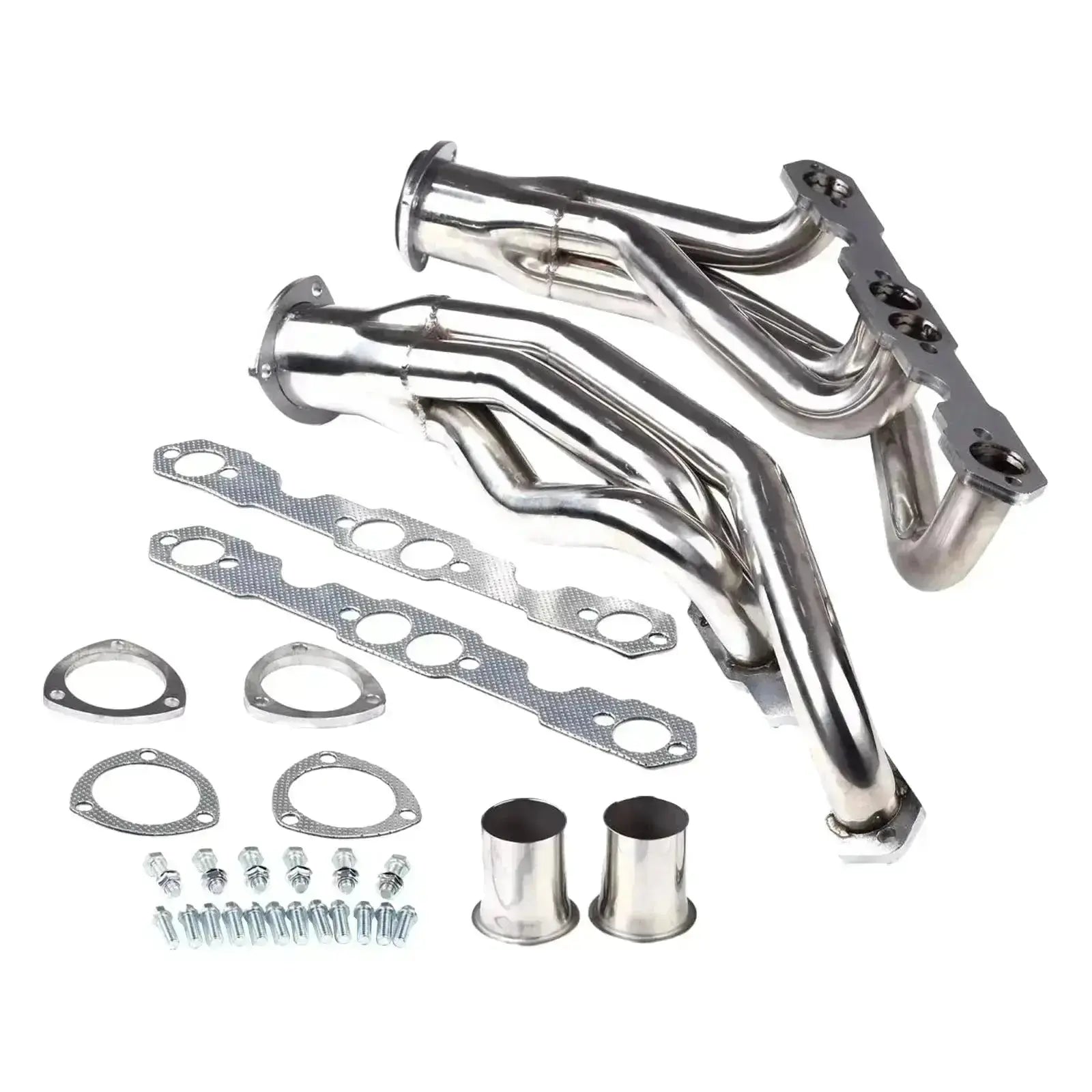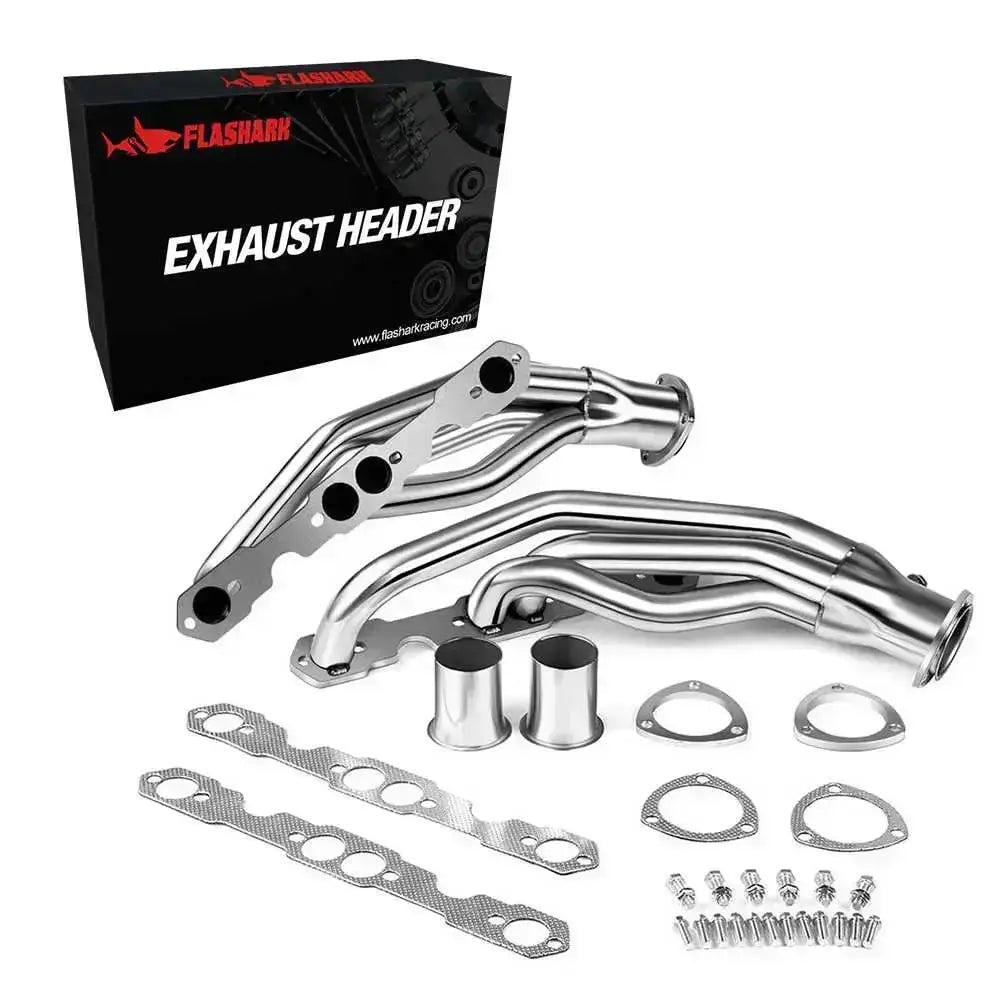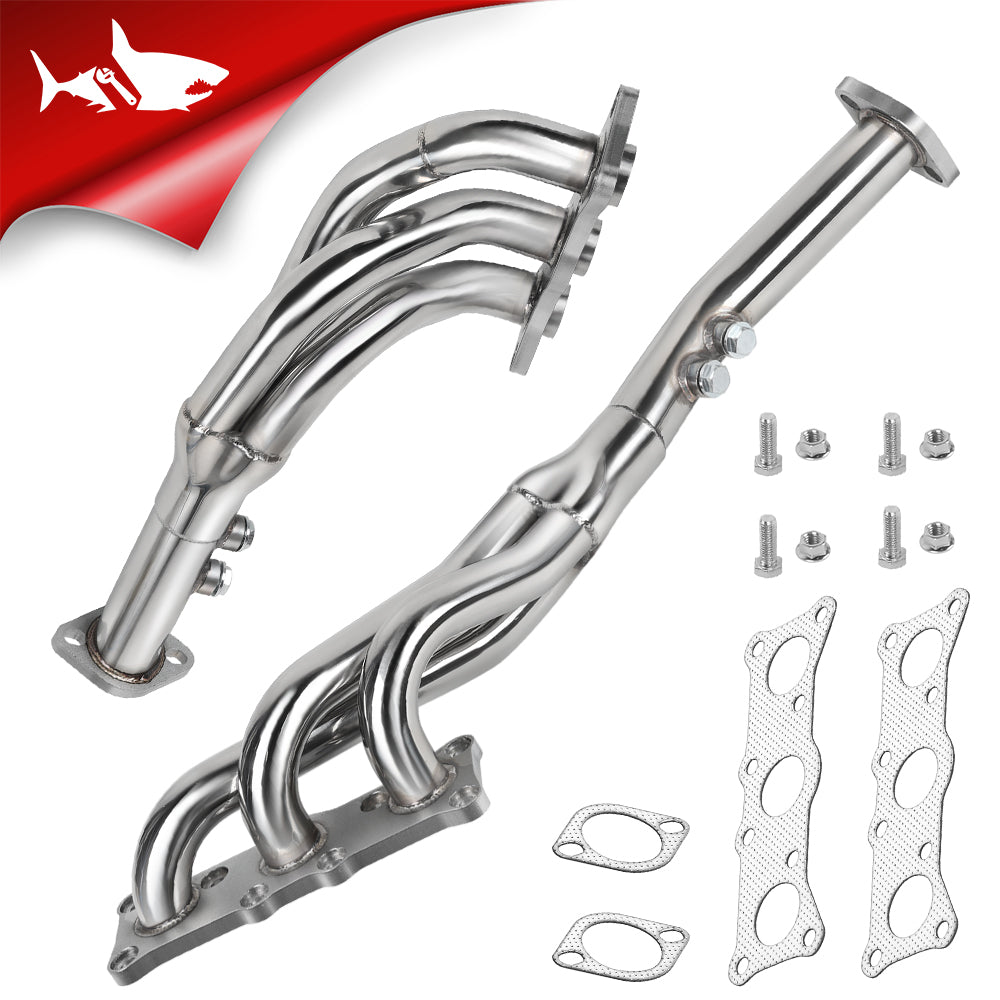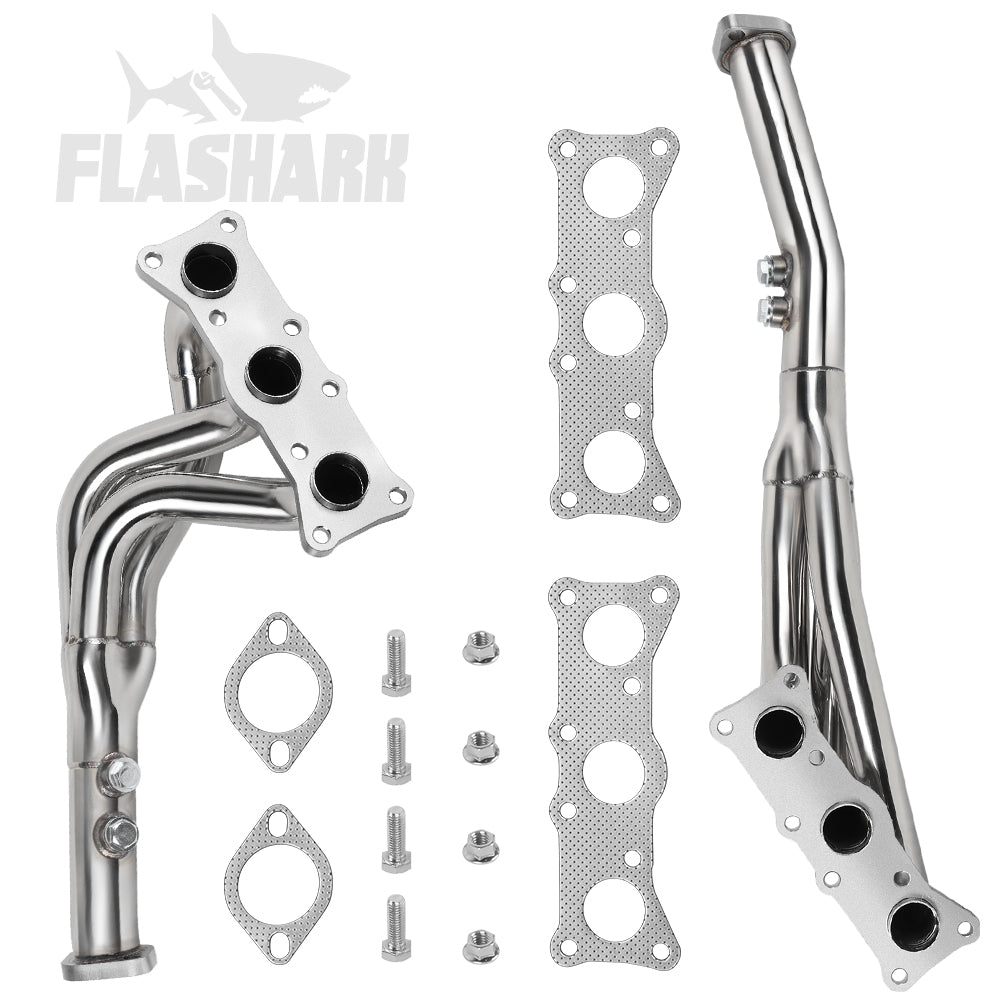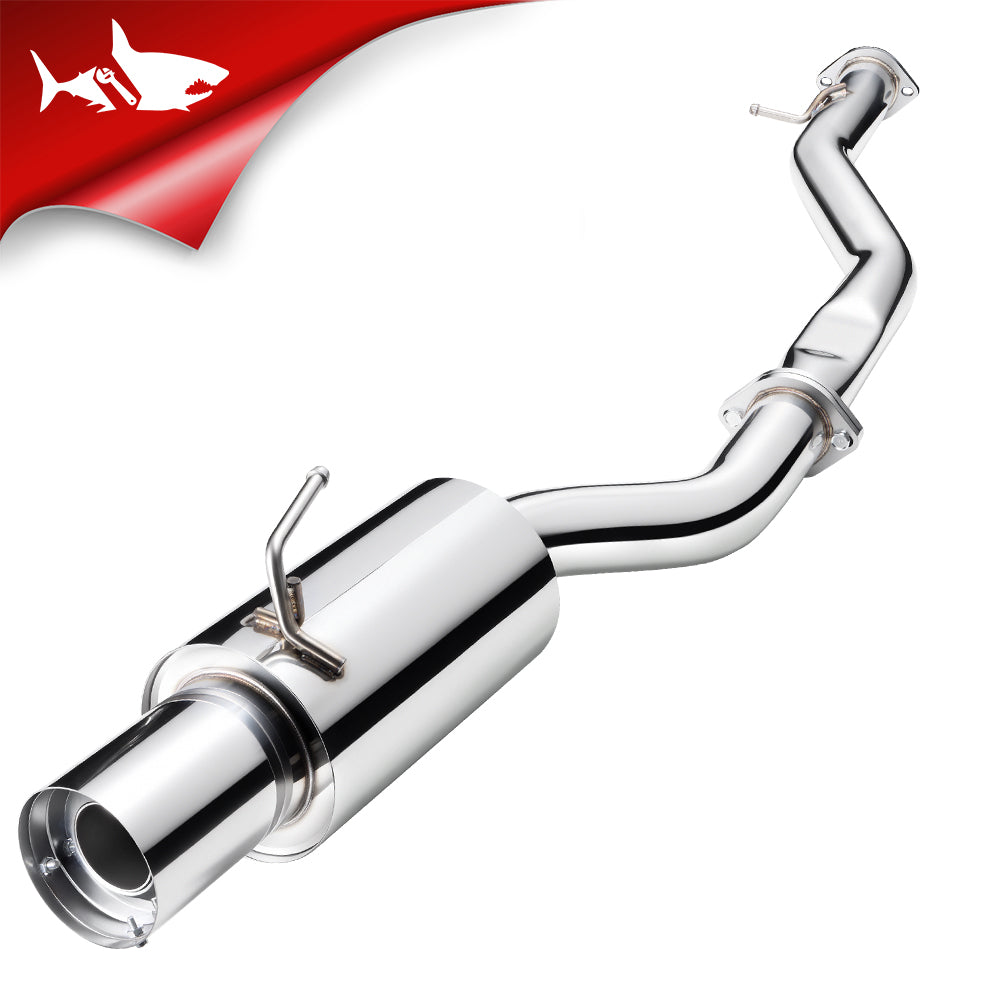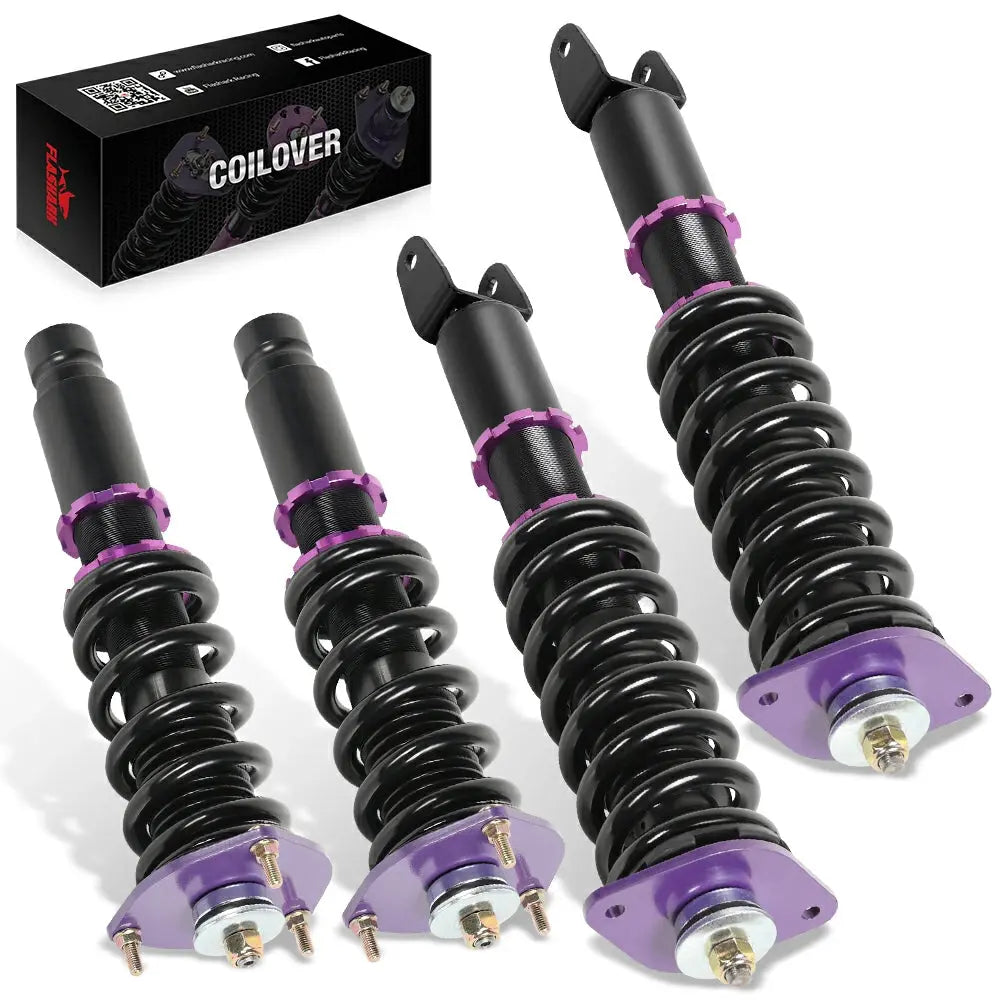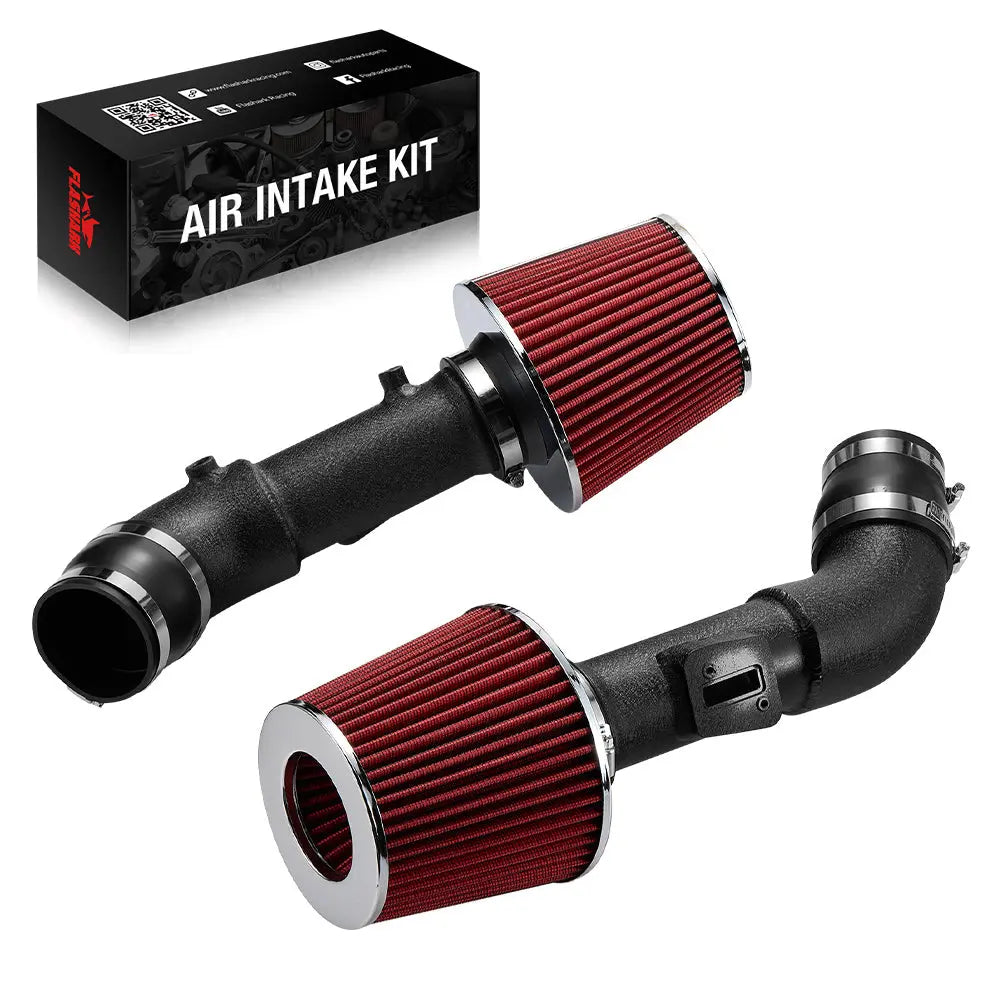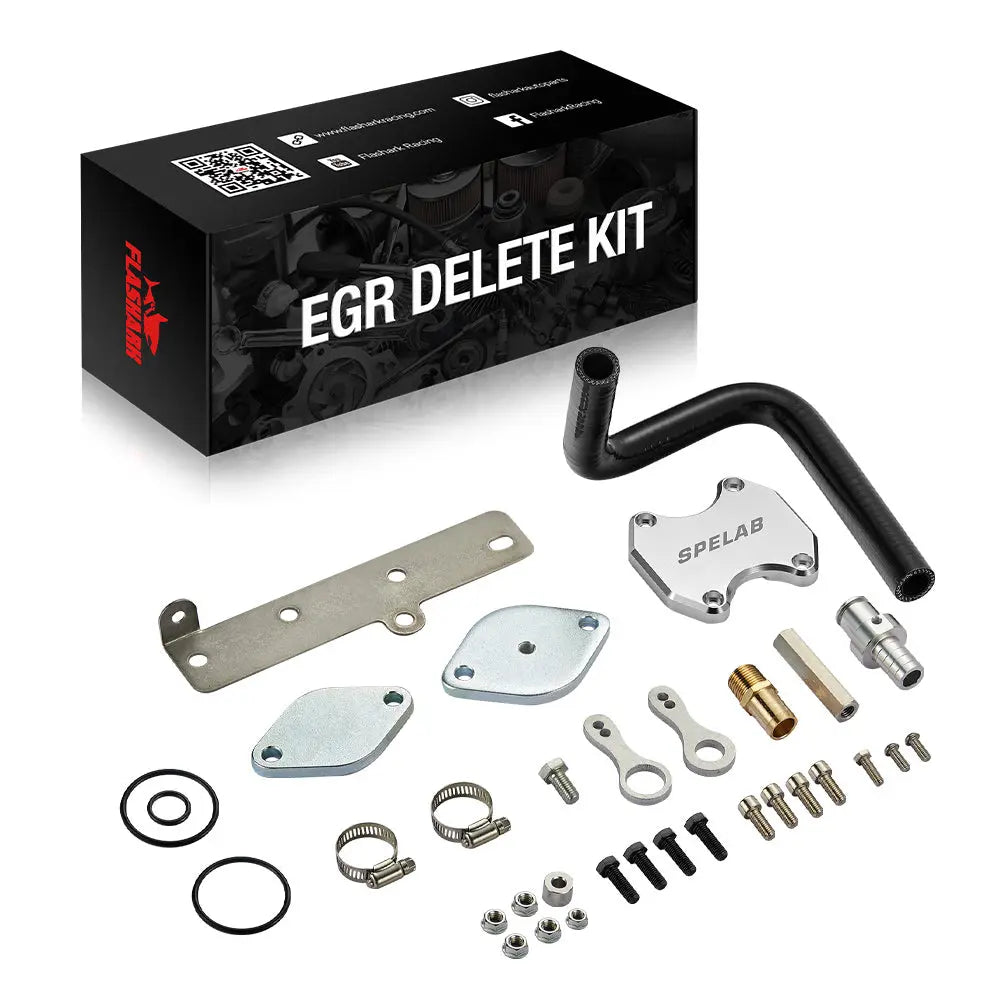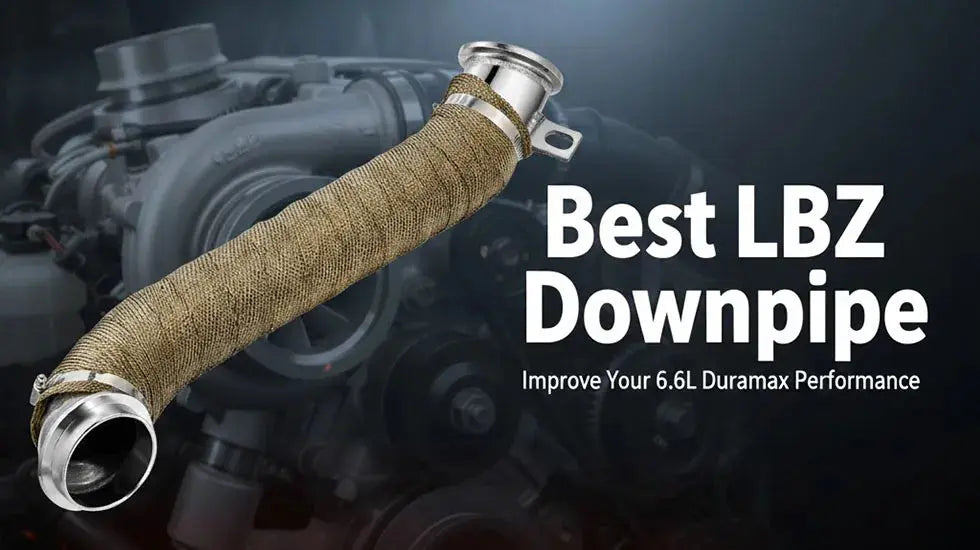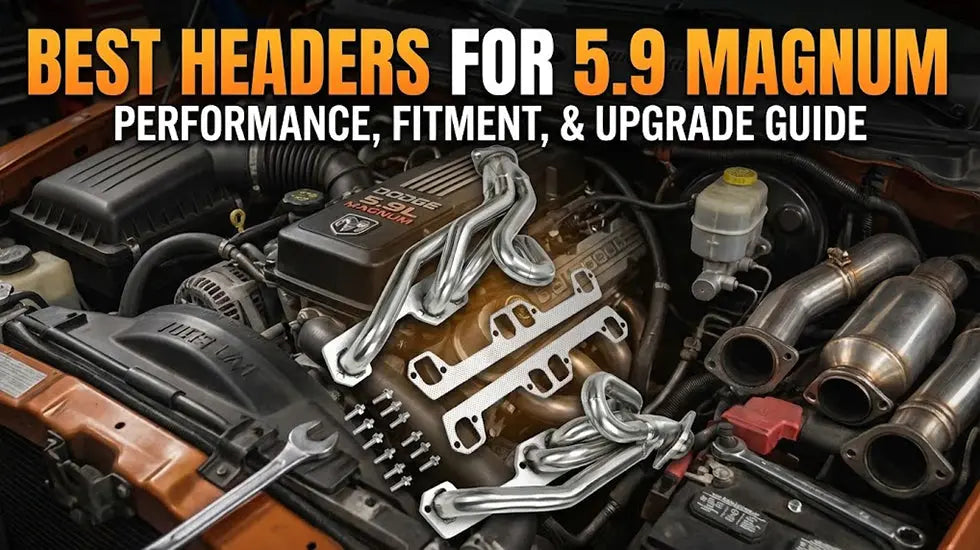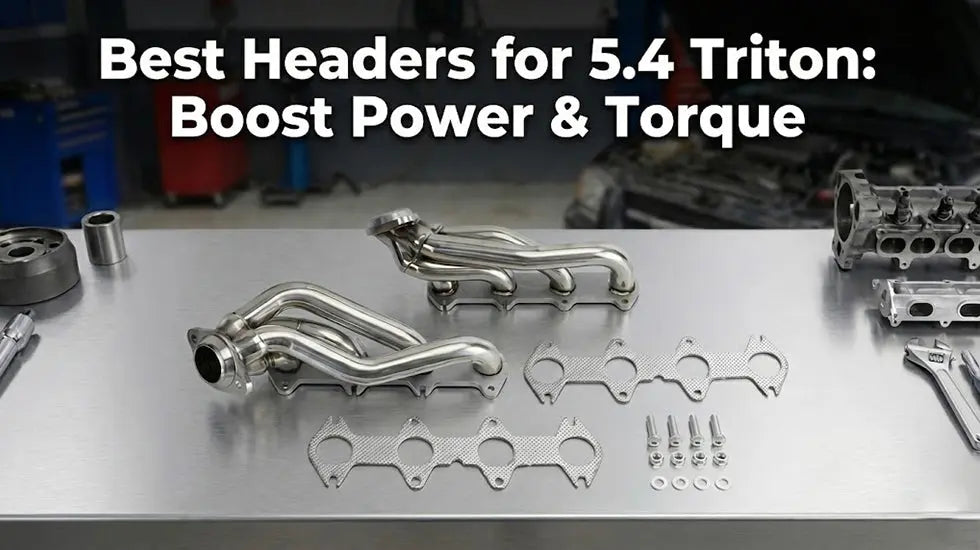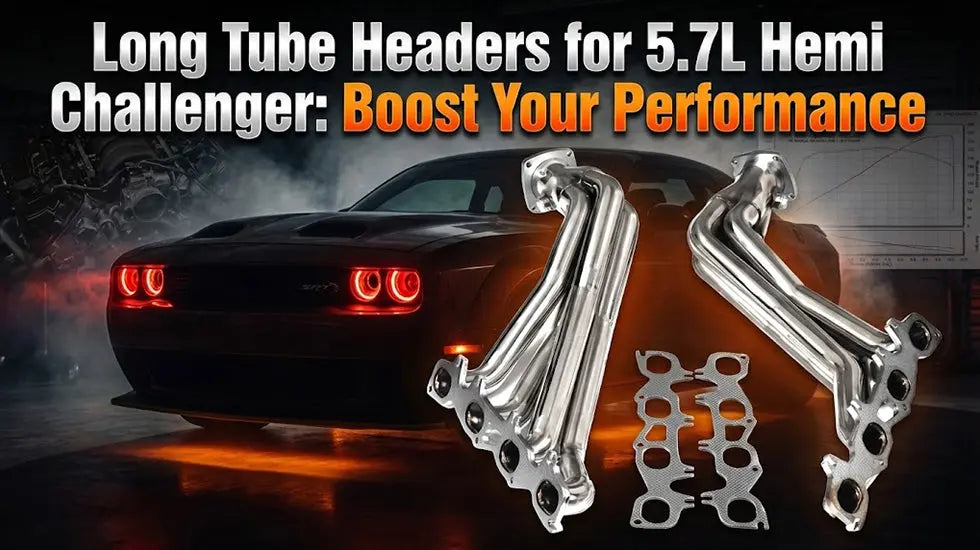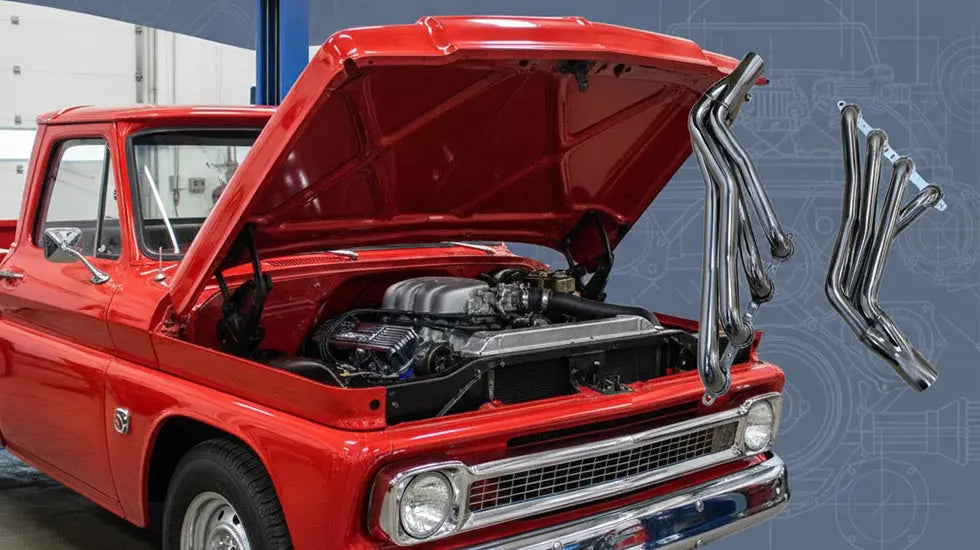In this article, we'll delve into the world of exhaust manifolds, exploring their functions, operating temperatures, and factors influencing their heat levels.
The function of the Exhaust Manifold
Let's start with the basics. An exhaust manifold is mounted on the cylinder head. Its primary function is to collect the hot, toxic gases produced during the combustion process in each cylinder and direct them towards the exhaust pipe. It ensures that the exhaust gases are safely expelled from the engine and channeled away from the vehicle's occupants.
As you can imagine, dealing with exhaust gases involves handling high temperatures. The typical temperature range of an exhaust manifold can vary depending on the engine's design and operating conditions. Generally, exhaust manifolds can reach temperatures as high as 800 to 1200 degrees Fahrenheit (427 to 649 degrees Celsius) during normal engine operation. These extreme temperatures result from the intense heat generated by the combustion process within the engine cylinders.

Material Composition and Heat Resistance
Given the extreme heat that exhaust manifolds must endure, manufacturers use materials with high heat resistance to ensure their longevity and performance. The most common materials used in the exhaust are cast iron, stainless steel, and mild steel. Each material has its own set of advantages and disadvantages.Flashark offers stainless steel and cast iron. Cast iron is a popular choice due to its exceptional heat retention and durability. However, it is heavier and takes longer to heat up than other materials. On the other hand, stainless steel offers excellent corrosion resistance.
It can withstand high temperatures, making it a favored option for performance-oriented vehicles. Although less expensive, mild steel is more susceptible to corrosion and might have a shorter lifespan under extreme heat conditions.
Performance and Heat
Performance enthusiasts often look for ways to enhance their vehicle's engine output, and one popular option is upgrading to a performance exhaust manifold. These aftermarket manifolds are designed to improve exhaust gas flow, allowing the engine to breathe more freely.
However, it's essential to consider the potential impact on heat levels. While performance manifolds can contribute to increased engine efficiency, they might also raise the temperature in the exhaust system. Flashark often use materials and design techniques that balance improved flow with acceptable heat levels.
Impact of Environmental Conditions
The surrounding environmental conditions can also affect the exhaust cutout temperature. In hot climates or during summertime, the ambient air temperature can add to the overall heat load on the engine. Conversely, the manifold might take longer to reach its optimal operating temperature in colder weather.
Additionally, the driving conditions, such as stop-and-go traffic or highway cruising, can influence how much heat the engine produces and, consequently, how hot the manifold gets.
Heat Management and Insulation Techniques
Flashark provides heat shields around the exhaust to keep the engine bay and surrounding components safe from excessive heat. Heat shields act as protective barriers, preventing the heat from radiating outward and potentially damaging nearby parts.
Heat wraps or ceramic coatings are another technique to manage exhaust cutout heat. These materials help contain the manifold heat, reducing the risk of overheating other engine components.

Risks of Excessive Heat
While it's natural for exhaust to get hot during normal operation, excessive heat can lead to various issues. If not properly managed, the intense heat might cause the manifold itself to crack or warp over time.
Furthermore, adjacent components, such as plastic parts or wiring, could melt or damage, leading to potentially costly repairs. In extreme cases, excessive heat could even pose a fire hazard.
Cool Down Procedures
After an extended drive, allowing the exhaust manifold and the entire exhaust system to cool down gradually is crucial. Abruptly shutting off a hot engine can lead to heat soak, where the residual heat in the manifold and exhaust pipes builds up, potentially causing damage.
Maintenance and Care Tips
Regular maintenance and care can significantly extend the lifespan, such as cracks, rust, or loose fittings. If you notice any issues, address them promptly to prevent further damage or you can get your kits from Flashark.Cleaning the exhaust manifold is also essential, especially if you live in an area with harsh weather conditions or drive on roads where debris and dirt can accumulate. Use a soft brush or cloth to remove any buildup on the manifold's surface. Avoid harsh chemicals or abrasive materials that could damage the manifold's coating or finish.
Furthermore, pay attention to any unusual sounds or smells from the exhaust system, as they could indicate potential problems. A leaking exhaust cutout gasket, for example, can lead to exhaust gas leaks, reducing engine performance and posing health risks due to the toxic gases.
Aftermarket Modifications and Temperature Considerations
Aftermarket modifications are a common route for automotive enthusiasts looking to improve their vehicle's performance. However, it's crucial to consider how these modifications might impact the exhaust manifold's temperature. Upgrading to a high-performance exhaust manifold may increase power output. However, it can also raise the temperature within the exhaust system.
Before making any modifications, research the specific product and its compatibility with your vehicle's engine and exhaust setup. Also, consult with experienced professionals or mechanics who can provide insights and guidance to ensure you make safe and effective choices.

Conclusion
In conclusion, the exhaust manifold plays a crucial role in an internal combustion engine's exhaust system, directing hot gases away from the engine bay. With temperatures reaching up to 800 to 1200 degrees Fahrenheit (427 to 649 degrees Celsius), it's essential to have a high-quality and reliable component. Choose Flashark for top-of-the-line exhaust manifolds and automotive parts, ensuring safety, performance, and durability.
FAQs
What are the signs of a failing exhaust manifold?
Common signs of a failing exhaust manifold include loud exhaust noises, hissing or ticking sounds, decreased engine performance, and the smell of exhaust gases inside the vehicle's cabin.
Can I install a performance exhaust manifold on any vehicle?
Performance exhaust manifolds are designed to improve engine efficiency, not all vehicles may benefit from their installation. It's essential to research and select a compatible aftermarket exhaust manifold.
How can I prevent excessive heat damage to nearby components?
Consider using heat shields, heat wraps, or ceramic coatings around the exhaust manifold to prevent excessive heat damage to nearby components. These materials help contain and dissipate heat, reducing the risk of damaging nearby parts.


